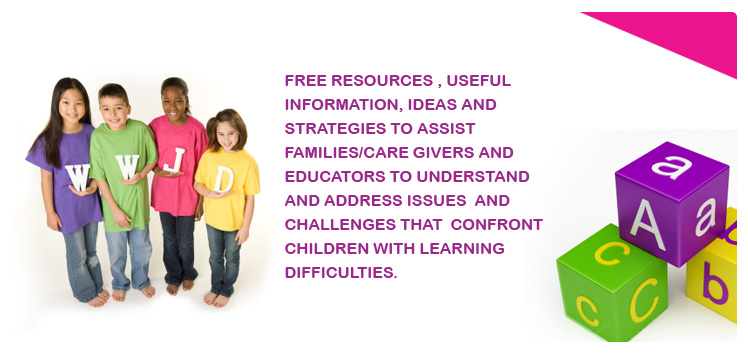

Specific Learning Styles
What we do know is that when faced with a difficult task and under pressure, we often revert to our preferred learning style and forget to use the strategies and concepts we have learnt. I have children who perform exceptionally well with their spelling in the programme yet, under the pressure of test conditions, fail miserably.
Hemispheric Dominance is an area of particular interest at the moment. It relates to the degree of dominance of the left or right brain and how this affects our preferred learning style.

Much like being left-handed, right-handed or ambidextrous. By understanding a child’s preferred learning style, we can ensure they are taught in a way that they can relate to how our brains work and impact on the way we learn is something that scientists, neurologists and academics continue to research.
Are there distinct differences between males and females? What are the implications of differing cultural and community environments on the way we think. The “nature vs nurture” debate and whether this affects our cognitive perceptions.
In other words, a whole minefield of information and it is obvious there is no simple answer.
Left Brain Learners
Right Brain Learners
Right Brain Learners – are more visual and like to have the “whole picture” before breaking it down into specifics. They tend to think randomly, moving from one thing to another. They are known as “simultaneous” thinkers.
Visual learners want to know the whole concept first before it is broken down into steps They need to see how it works, feel or do it for themselves to create their own visual images to remember it. For example, writing a story about something they have done. Often their stories are random, have different tenses and are very confusing to read. It can really help for them to mind map the story in pictures first so they get a flow of events and can visualise each stage before writing about it first. Many children with learning differences are visual learners. They struggle in an auditory based environment; hence phonics that is not taught in a multi-sensory way will literally go in one ear and out the other.
Hemispheric Dominance Confusion
Hemispheric dominance confusion – This can manifest itself with confusion between right and left; a difficulty crossing the median line of the body (cross lateral movement), preferred movement is from right to left and bottom up. Specific excercises to get the brain working in sync are very beneficial for children displaying these tendencies.
This is a very brief glimpse into a far more complex subject. There are a lot of good websites that can give you more information if needed. However, this will give you a good start to understanding your own child’s preferred learning style.
Some excellent websites with more information are www.mathpower.com and www.learning-aids.com
This website has been made possible thanks to Layne Beachley’s “Aim for the Stars” Foundation.